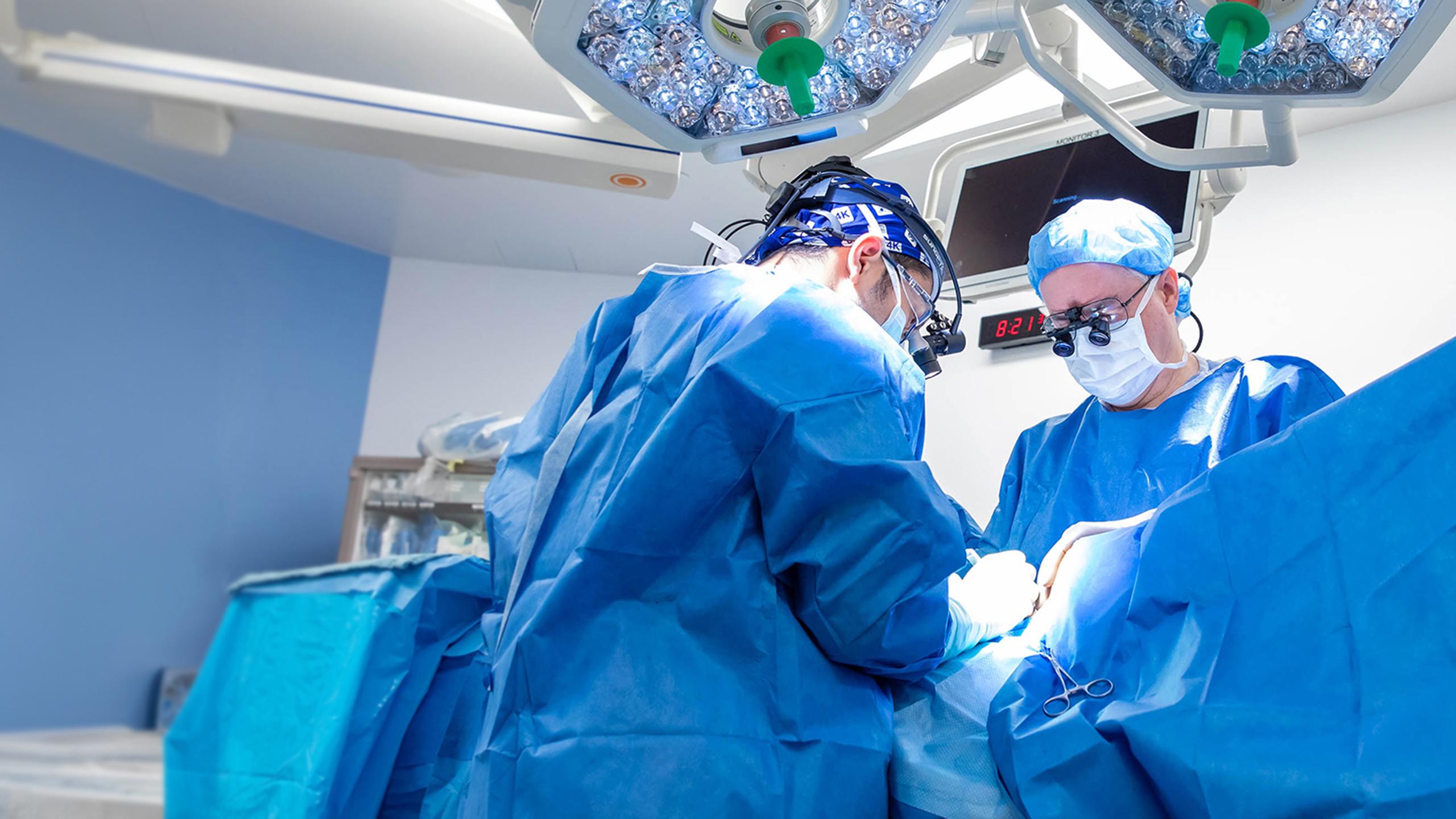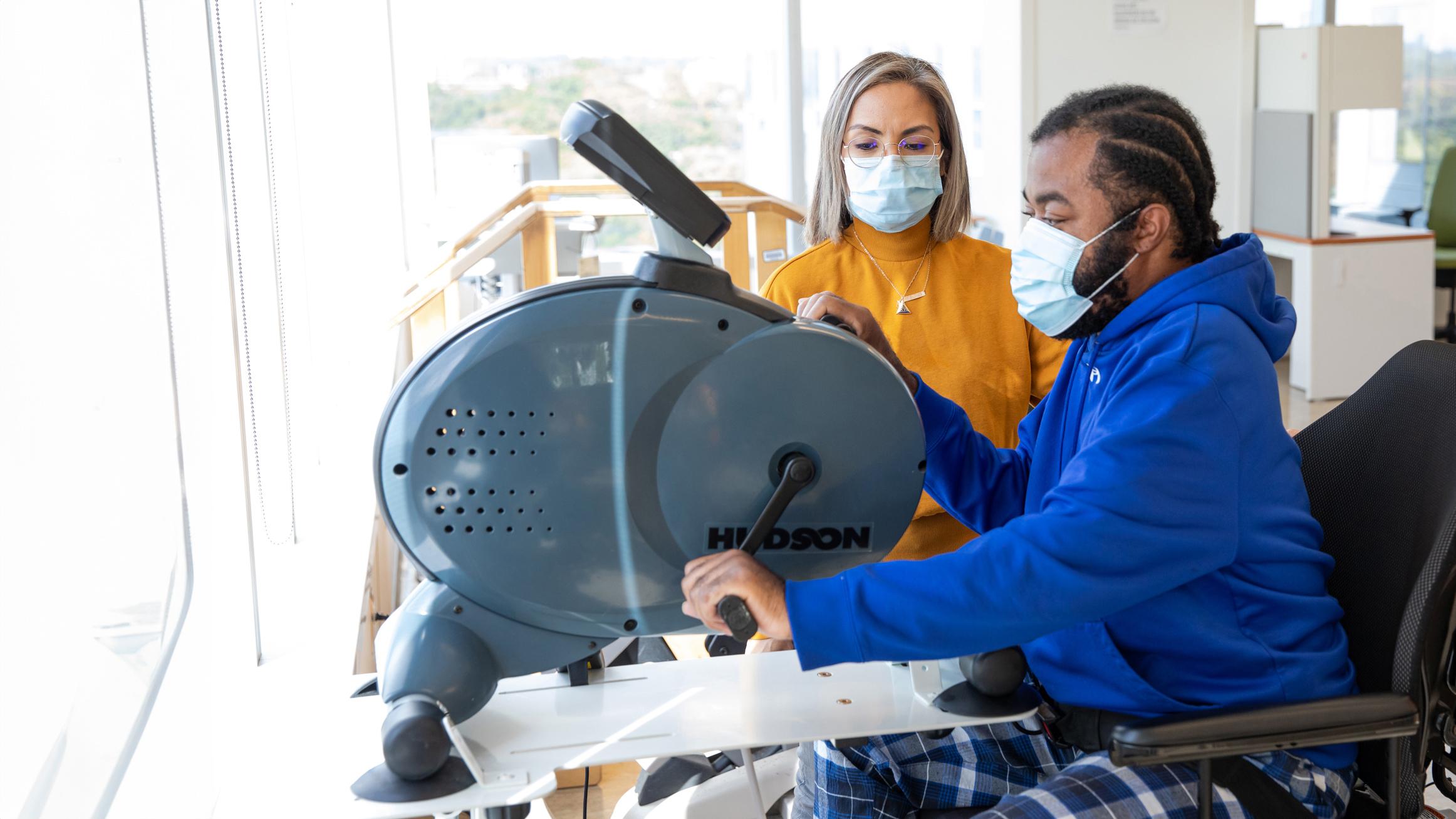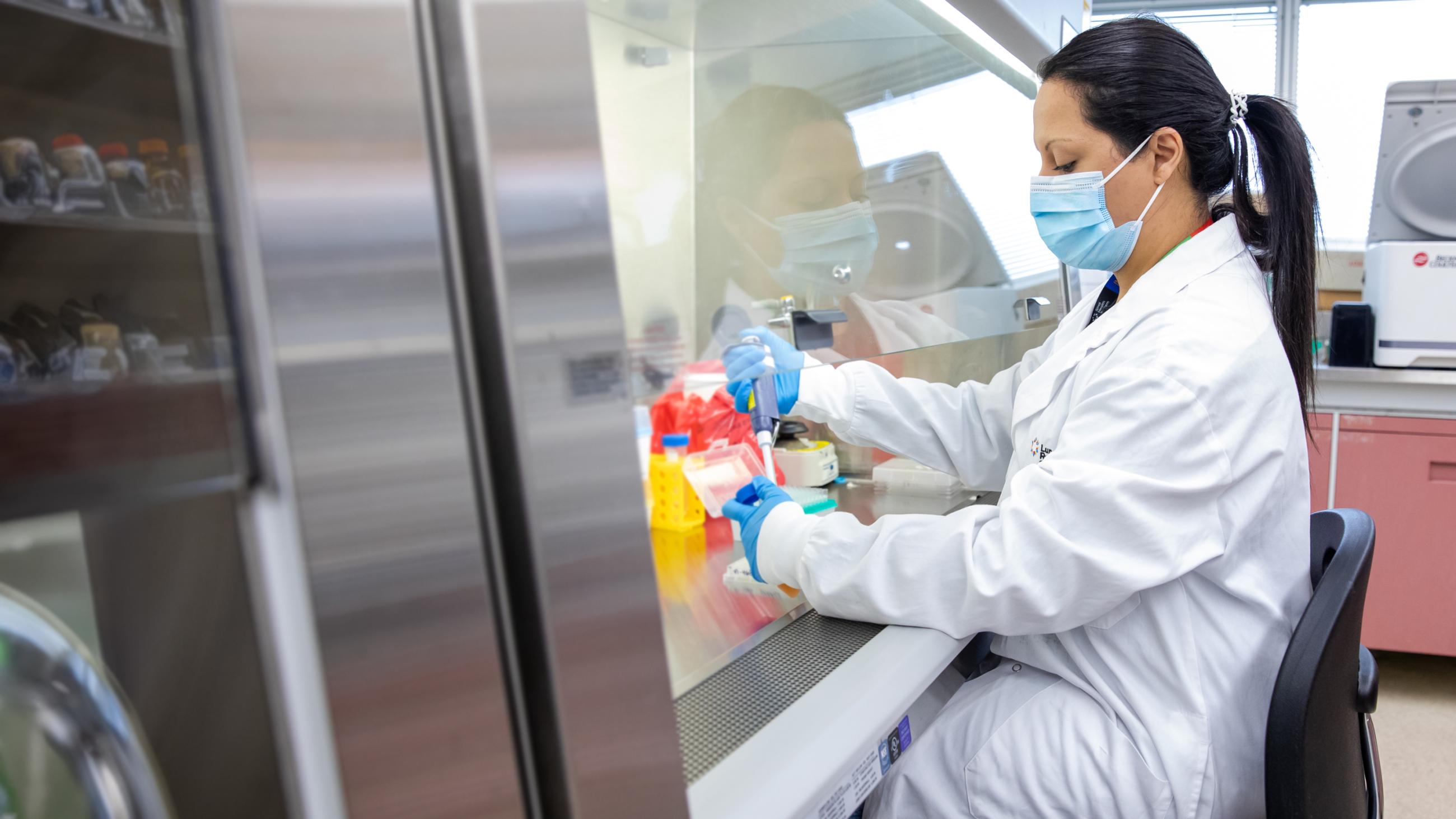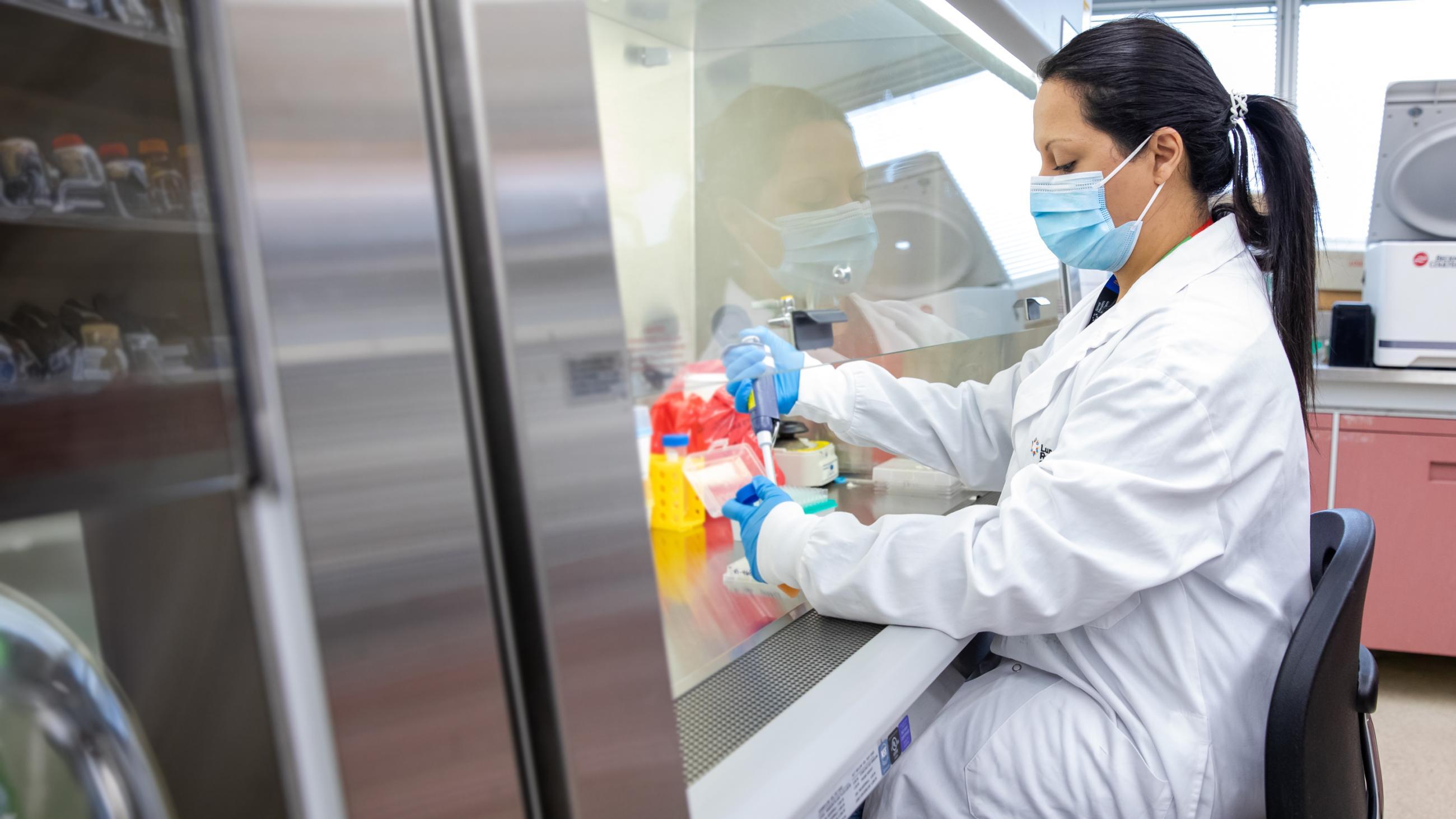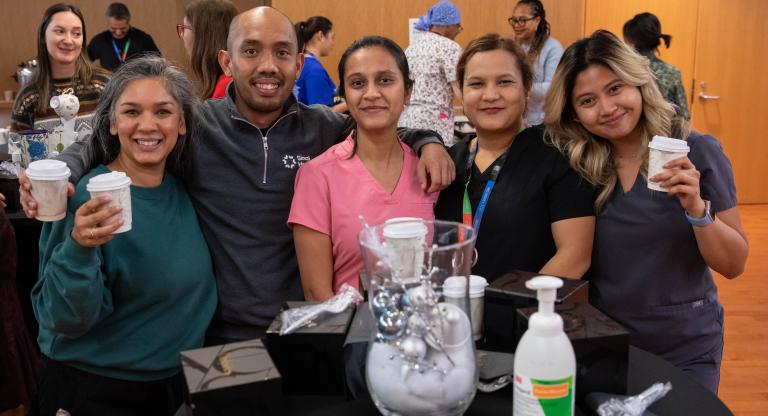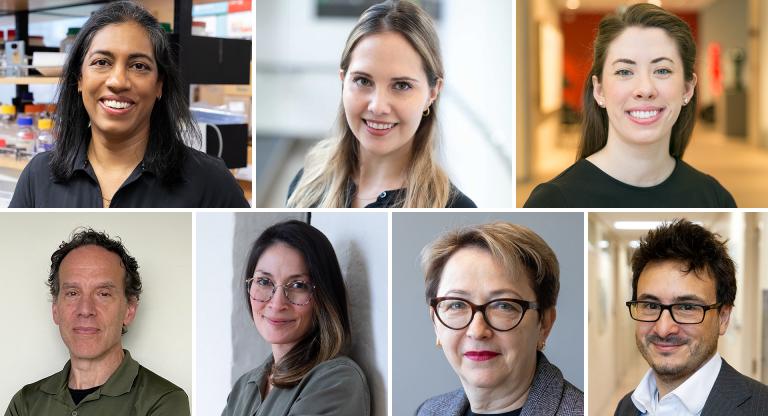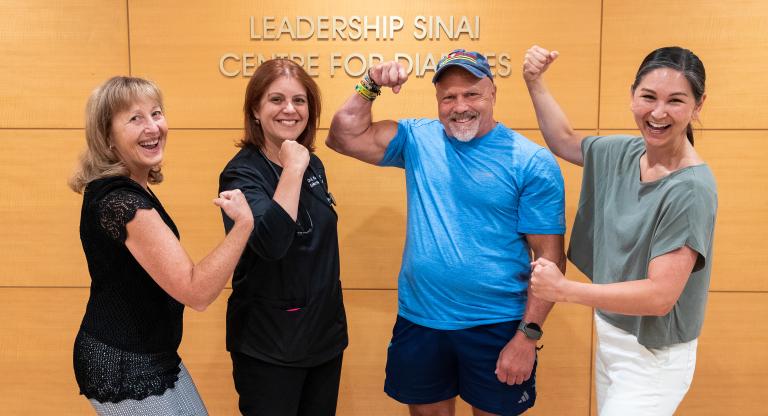A system of support: Mr. Solomon’s journey through Sinai Health
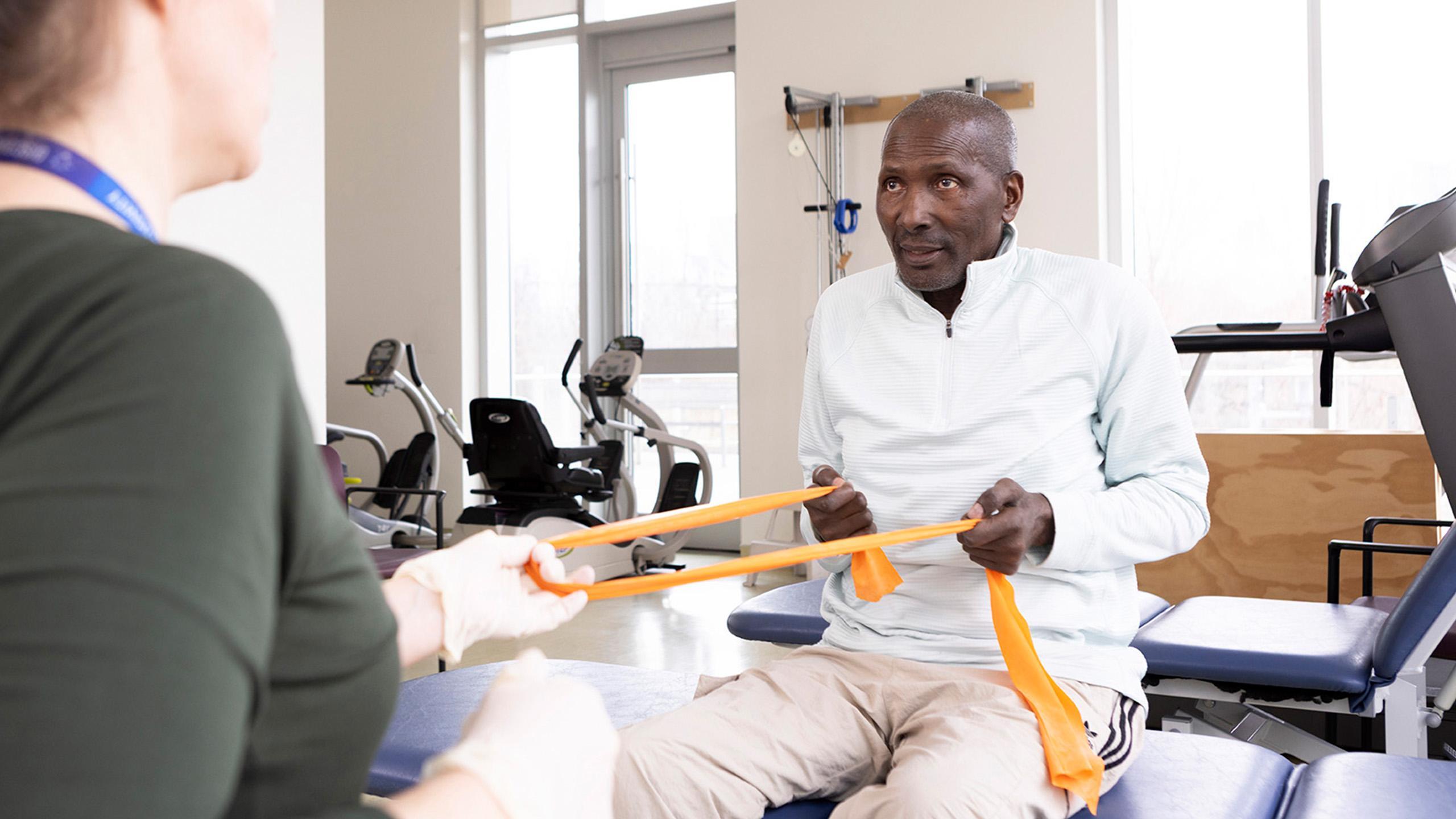
Sinai Health is celebrating 10 years of care. We're sharing stories that show how our network supports people through every step of their health journey.
Mr. Solomon's care started in the emergency department at Mount Sinai Hospital. It continued through Hennick Bridgepoint Hospital and then home with help from Sinai Health to Home. His experience shows how our acute care hospital, rehabilitation hospital programs and our transitional home care program work together to help people live more independently.
Last spring, Mr. Solomon arrived at Mount Sinai Hospital in poor health. After months of going between acute care to rehabilitation, he could no longer walk or take care of daily needs like getting dressed. Physicians did not know why. At only 62, he was being considered for long-term care when he had previously been living independently.
“When he was admitted initially, they couldn’t yet explain his condition and he was rapidly losing his functional capabilities,” says Gabriel Chow, Patient Care Manager for Mount Sinai’s 12 South General Internal Medicine Unit.
Mr. Solomon spent five months in acute care, much of it in isolation to protect others from infection. Eventually, he was diagnosed with POEMS syndrome. This is a rare disease that can damage nerve, can cause bone problems and affect hormones. He also had several strokes. Being in bed for so long caused severe foot drop in both feet, which often made walking difficult.
Pushing for progress
Mr. Solomon wanted to live on his own again. With the support of a team who believed in him, he worked hard. Still, he needed focused rehab to get stronger. He was referred to all of the appropriate rehabilitation hospitals but when they all declined his application, the long-term care was the only suitable option.
His team did not give up. With help from specialists and therapists, Mr. Solomon made slow but steady gains. He learned to feed himself again and also started to get some mobility back. Then came a breakthrough.
This moment marked the next step. He moved to Hennick Bridgepoint Hospital to begin rehab.
A team approach to recovery
The team at Hennick Bridgepoint built on Mr. Solomon’s early progress.
"There was a spark in him,” says Kathleen Reid, registered nurse and Patient Care Manager for the Medical Rehabilitation and Acquired Brain Injuries Units at Hennick Bridgepoint. “He was highly motivated — and that’s so important in rehab.”
Hennick Bridgepoint’s team approach includes physical and cognitive rehabilitation and support for mental health. Mr. Solomon’s care team helped him rebuild strength, memory and speech. His family stood by him and so did his care team.
“He had been in and out of rehab for years,” Kathleen explains. “This time, we wanted to go deeper to help him get home and not return to the hospital, unless there's an acute event we can't predict.”
Safe and supported at home
In February, after 10 months in the Sinai Health system, Mr. Solomon went home. He now continues therapy as an outpatient at Hennick Bridgepoint Hospital.
“One of the things that sets us apart from other complex rehabilitation centres in the city is our outpatient therapy department,” says Kathleen. “It helps ensure his team still knows his needs.”
Thanks to therapy, he can now move his wheelchair to his bed on his own. He can also get around safely in his home.

When Mr. Solomon was ready for discharge he was referred to Sinai Health to Home, a transitional home care program that provides temporary, comprehensive care in the home to facilitate the discharge back into the community. Sinai Health to Home’s service provider agency is Circle of Care. This program provides a variety of supports including daily nursing for the first week, physiotherapy and occupational therapy services, medication reminders, personal support and homemaking services to facilitate a smooth transition back home.
Mr. Solomon’s story is a reminder of what happens when systems work together and how Sinai Health’s purpose to care, create possibilities and offer hope is reflected in every step toward recovery.
“Mr. Solomon reminded us of why we do this,” Kathleen says. “We were able to help him not just recover but return to the community on his terms.”
For more stories of care, discovery and impact, visit our 2024/25 report to our community website.
